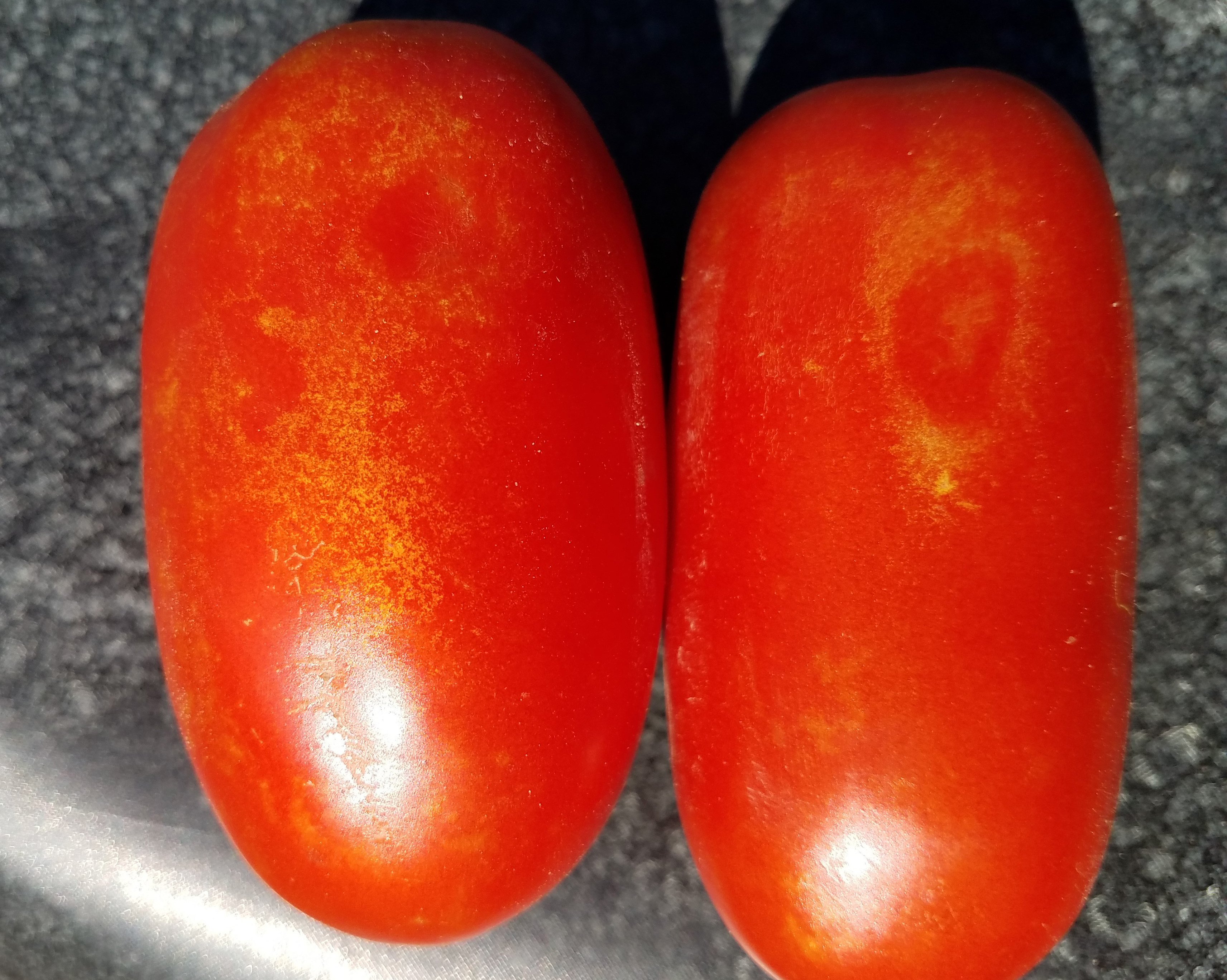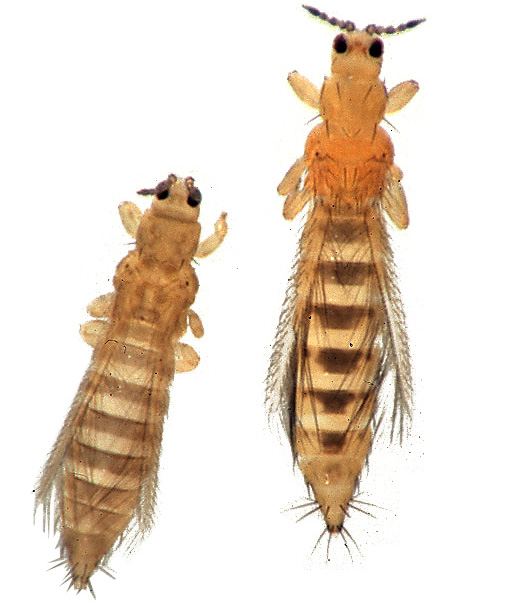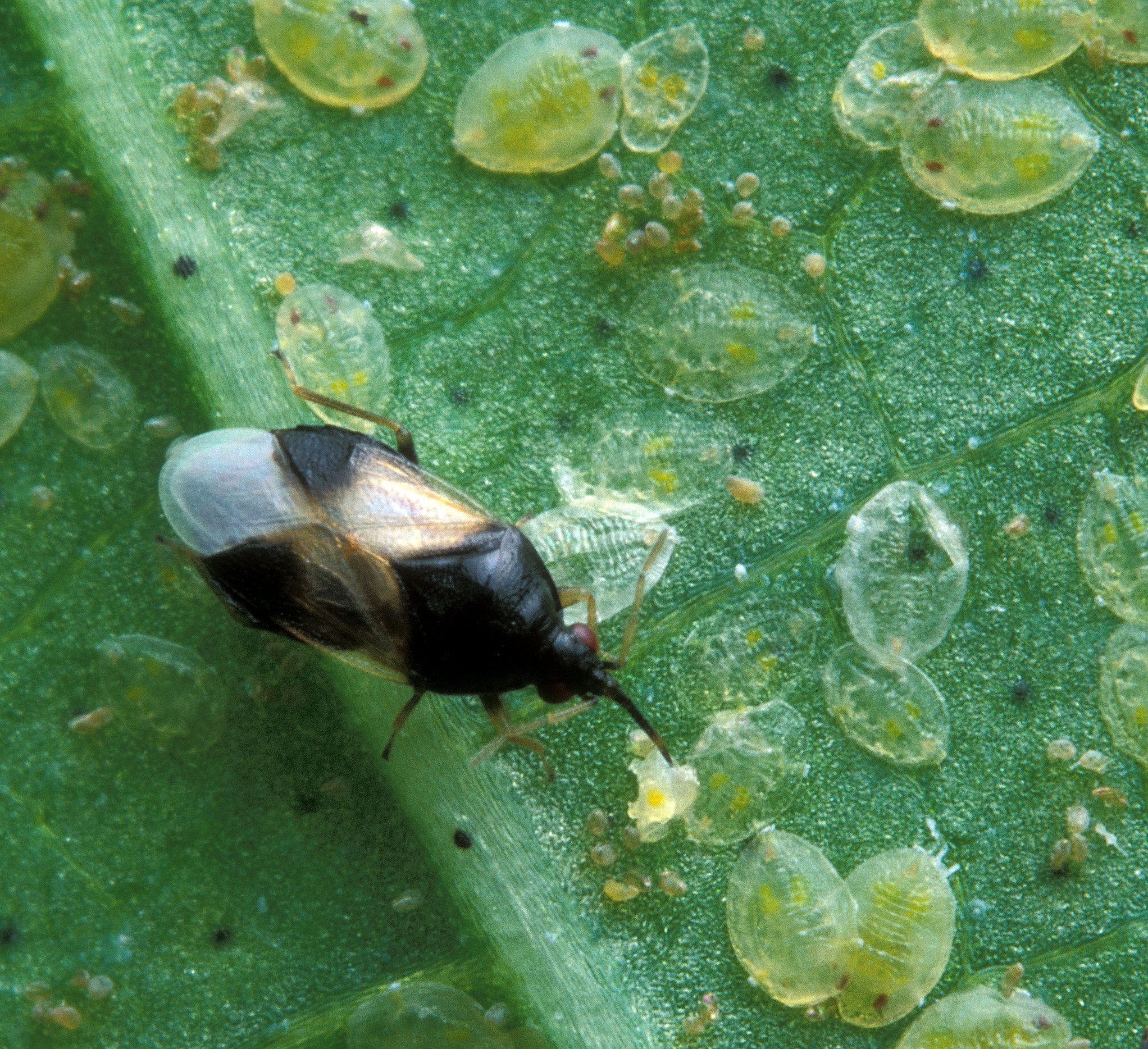Southwest Michigan vegetable update – Aug. 5, 2020
Rain on Aug. 1 and 2 was a relief for non-irrigated crops.

Weather
Temperatures for the week at the Southwest Michigan Research and Extension Center ranged from 70 to 83 degrees Fahrenheit for highs and 55 to 71 F for lows. The 50 F degree-day units are at 1,854 for 2020 compared to 1,665 for 2019 and 1,843 for the five-year average. Much needed rain occurred Aug. 1 and Aug. 2 with the area receiving from 0.8 to 1.25 inches.
Crop reports
More cucumber, yellow squash and zucchini fields are being removed as growers move to second and third plantings. Heavy dews have been conducive for powdery mildew development on cucurbits and downy mildew continues to be a problem, especially after the cool, wet, windy conditions experienced over the weekend. Some pumpkins are beginning to turn orange.
I have not detected squash bugs in any of my plantings. Squash bug populations vary considerably from year to year and with location. Adult females will lay copper colored eggs in groups of up to 30 eggs. Nymphs will emerge after several days and will stay in a group; therefore, they often appear in large numbers. They can cause surface damage to developing fruit and they also transmit diseases. Control products are more effective on young nymphs.
Thrips, mites and aphids generally become more of a problem in drier, warmer weather. We are currently cool for a few days but the forecast is for a return to warmer conditions by the weekend. Thrips have been an annual problem for pepper and tomato producers and this year is no different.

For control, many growers use older, broad-spectrum insecticides first because they are generally less expensive, hoping they can get thrips under control so they will not have to use the more expensive but more selective products. Rarely, however, is this approach successful. Due to their broad-spectrum nature, these insecticides also kill many thrips predators, only to make the thrips problem worse later in the season.
A better approach is to flip this around and use the more selective products that help preserve predators early in your control strategy and then switch later to the broad-spectrum products. Thrips attack plants and fruit as early as the blossom stage and are difficult to see due to their small size. The best way to detect them is to take a piece of black paper, shake the plant over the paper and see what insects fall off. A magnifying lens would be helpful.

The most common thrips in Michigan is the western flower thrips. Thrips have many predators including parasitic mites and pirate bugs. Pirate bugs are easier to see than are predatory mites. If you see pirate bugs in your scouting, it would be helpful to use the more selective insecticides to preserve as many pirate bugs as you can.

Aphids tend to be a bigger problem on peppers and cucurbits. Aphids can spread virus diseases but they can also decrease fruit quality through honeydew secretions that make the fruit sticky and can contribute to sooty mold problems.



 Print
Print Email
Email

